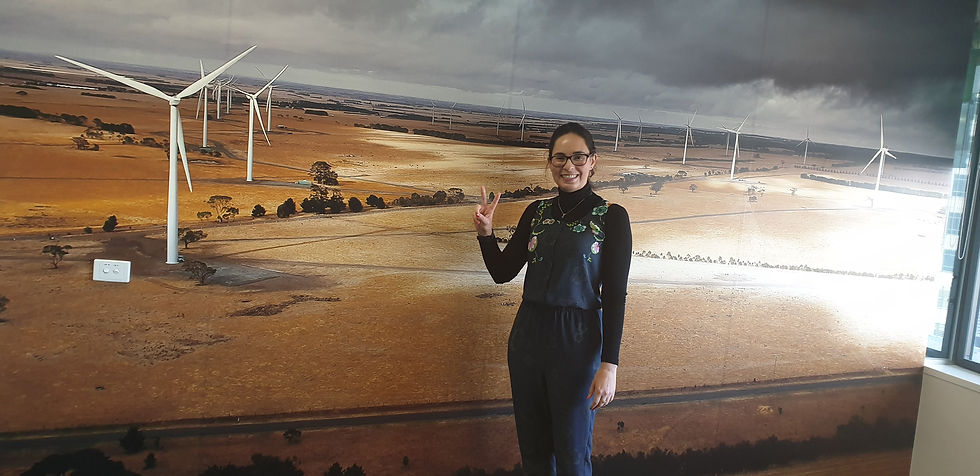Transforming Waste into Construction Materials: Innovative Use of Wastewater Treatment Sludge
- Carolina Agudelo Arbeláez

- 25 may
- 3 Min. de lectura
Actualizado: 26 may

More than twenty years ago, when sustainable waste management was still emerging in industrial conversations, I had the opportunity to lead a project that became one of the most defining experiences of my career as an environmental engineer. The goal was as bold as it was necessary: to transform sludge from a wastewater treatment plant into lightweight aggregates suitable for ceramic construction materials.
I played a leading role in the technical development—guiding the design of experimental mixes, conducting laboratory testing, and interpreting results, always in close collaboration with a dedicated team of researchers and institutional partners. The challenge was clear: to prove that a difficult-to-manage waste could be converted into a material capable of meeting construction standards. I worked with sludge sourced from San Fernando’s wastewater treatment plant and a local tissue paper manufacturer in Medellín’s Aburrá Valley—together, they represented more than 80% of the area’s sludge production.
One of the first critical steps was selecting the right clays. I conducted a thorough characterization process to identify combinations that would interact optimally with the sludge. Then came thermal testing—trial after trial—to define the most efficient firing conditions in terms of temperature and time. It was a demanding, iterative process where each result opened up new possibilities and posed new questions.
Scaling up production was another major hurdle. At the time, industrial-scale facilities for this type of testing were not readily available, so we designed and built our own pilot kiln. This innovative step allowed us to produce enough material—what we called ALER (Lightweight Expanded Residual Aggregates)—for concrete testing. The results were promising: ALER met structural requirements of up to 2000 psi, with low water absorption and appropriate density, in compliance with ASTM standards.
Beyond the technical achievements, what resonated deeply with me was the environmental and economic validation of the project. Factoring in cost savings from waste disposal and reduced reliance on virgin materials, the process proved competitive and sustainable. The impact was tangible—less sludge going to landfills and a viable alternative for producing affordable housing with low-impact materials.
Collaboration was essential. From my base at CIDI–UPB, I worked closely with partners such as CNPML, TEPSA, and ASEI. Each partner brought vital expertise—technical, logistical, or market-focused. But above all, what I valued most was the shared conviction that construction could be reimagined in a way that was more conscious and regenerative.
Looking back, I see this project as a precursor to what we now know as the circular economy. It confirmed a vision that has since shaped my professional journey: sustainability isn’t a trend or a slogan—it’s a discipline that requires data, creativity, and bold decisions.
This initiative didn’t just turn waste into resources—it transformed how I see engineering: as a tool for unlocking practical solutions to our planet’s toughest challenges.
If you're interested in exploring the technical foundations and real-world viability of this innovation, I invite you to read the original research article we developed. It details the process design, energy modeling, and economic evaluation behind converting sludge into lightweight aggregates for sustainable construction.






Comentarios